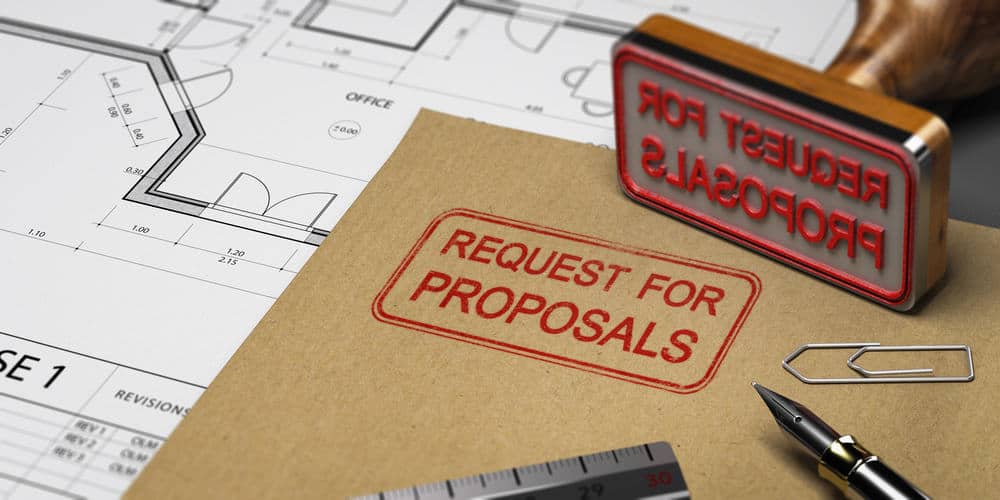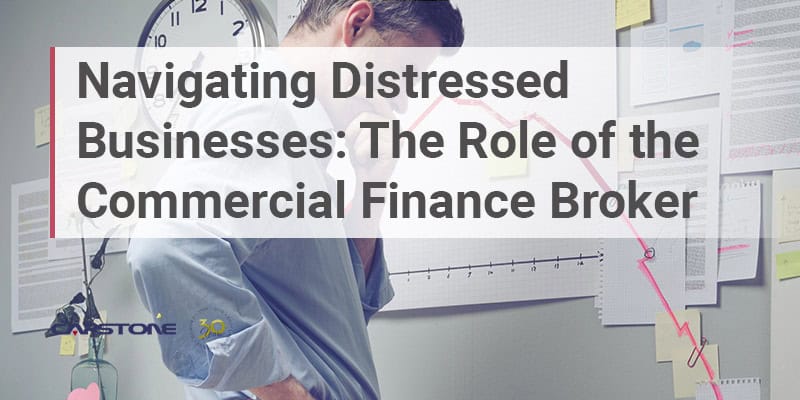The surge in inflation driven by record fiscal stimulus, pandemic lockdowns and restrictions, supply-chain disruptions, and the war in Ukraine has created a major challenge for business owners in the construction industry in bidding on new projects and maintaining sufficient cash flow.
Many of the commodities used in construction are subject to changes based on third-party events outside of your span of control such as changes in world market prices and geopolitical events. Despite the Fed’s tighter monetary policy, inflation appears to have become embedded in the economy and may continue to persist at elevated levels for some time.
Construction Cost Increases
The following table lists some examples of changes in the Producer Price Index (PPI) reported by the Bureau of Labor Statistics for key materials and other inputs used in construction.
| Year-Over-Year Change in December PPI | ||
| Construction Inputs | 2020 | 2021 |
| Steel mill products | 5.2% | 127.2% |
| Plastic construction products | 5.4% | 34.0% |
| Aluminum mill shapes | -1.7% | 29.8% |
| Copper and brass mill shapes | 24.0% | 23.4% |
| Gypsum products | 3.6% | 20.7% |
| Lumber and plywood | 37.0% | 17.6% |
| Diesel fuel | -2.8% | 55.0% |
| Truck transport of freight | 2.2% | 18.0% |
| Construction machinery and equipment | 1.1% | 10.0% |
Along with these costs, labor and wage costs have increased in response to inflation and worker shortages. Average hourly earnings in construction rose 5.8% from February 2021 to January 2022 for hourly tradesmen. The average for similar workers in the overall private sector jumped 6.9%. Unfortunately, these wage increases have not kept pace with inflation and further wage increases may be required to keep your skilled staff employed with your company.
Overhead costs have also experienced inflationary increases. Personnel costs, rents, and other administrative costs have surged. Unlike construction materials costs, which rise and fall with demand and supply, overhead cost increases tend to become ingrained in a company’s cost structure.
Impact of Inflation on Profit Margins and Cash Flow
Inflation in construction costs has squeezed contractor profit margins significantly. The PPI for input costs rose 1.8% for the 12 months to September 2020, matching the 1.8% increase in PPI for bid prices. But the 19.6% increase in PPI for input costs for the 12 months ended December 2021 far outpaced the 12.5% increase in the PPI for bid prices.
Contractors must take steps to factor inflation into bid prices, improve the accuracy of their bids, and ensure the project retains profitability. Inflation erodes a project’s profit margin and if left unchecked can create serious cash flow issues.
The risk of inflation increases with the size, length, and complexity of a project. Size increases the potential magnitude of impacts from inflation. The length provides the opportunity for inflation to occur and reduces the reliability of estimates. Complexity increases the number of variables subject to potential change.
Whether you’re a general contractor, subcontractor, or in another segment of the construction industry, the following tips will help you develop your project bids in an inflationary environment.
Tips to Improve Bid Development Process
Review the way your company develops bids to improve accuracy.
- Checklists – Use checklists to ensure all important items are included in the bid.
- Carefully review plans – Check takeoffs and measurements to improve accuracy.
- Attend pre-bid meetings and site visits – Review project requirements and get clarification when needed.
- Technology – Use software to improve estimates and accuracy of bids.
- Subcontractors – Review past performance, bid details, and pricing. The lowest bid isn’t always the best if the job is late or performed unsatisfactorily.
- Labor costs and practices – Review local labor costs and practices. If union labor is used, review work rules and how they will impact productivity and costs.
- Financing costs – Work the cost of financing, or factoring services, into the price to your client.
- Bid the right projects – Bid on the projects that fit your company’s strengths.
- Expiration date – The bid should have an expiration date so you have the opportunity to rebid if the bid validity date passes to account for the higher cost of goods.
Implement Project Management Tactics
If your bid is accepted there are many project management tactics that can be used to mitigate the effects of inflation.
- Time material purchases – Careful timing of purchases can help to contain material costs, especially when seasonality is a factor.
- Monitor costs – Perform regular variance analysis to determine which costs are trending upward.
- Hedge commodity prices – Use futures contracts to lock in prices of key commodities.
- Inventory – Stock up on inventory to protect your business from future price increases if you have the cash to do so.
- Discounts for early payment – Manage your cash flow to regularly take advantage of early-pay discounts offered by your suppliers and vendors. These discounts can really add up.
- Critical suppliers and vendors – Identify critical suppliers and vendors then negotiate. Some may be willing to offer better pricing to maintain a valuable customer.
- Best practices – Use best practices such as Target Value Delivery to empower your team to manage the project to bid targets.
- Technology – Incorporate technology to facilitate project management.
- Performance and quality control – Complete the project on time and maintain a high level of quality control. Your customer may be more open to accepting future bids with more robust profit margins if they know they can count on you and will receive quality results.
Include Inflation Terms in Contract Language
Construction cost inflation has not exceeded 5% for over three decades so many contractors do not have experience in an inflationary environment. Adding a few percentage points to bids for inflation won’t protect you sufficiently in this type of environment either.
There are many different approaches to mitigate inflation risk in bids.
- Time and material – Charging for actual time and materials cost shifts the risk of inflation to the customer. Customers may not accept this approach because it doesn’t place limits on costs.
- Price adjustment mechanism – Language that permits an increase in price under specific circumstances, such as – if the cost of concrete exceeds X then the price of the contract may be increased by Y.
- Collar – A price adjustment mechanism that works for both price increases and decreases. This can be a good alternative for commodity materials which can be subject to large swings in price.
Take Control of Inflation’s Impact on Your Working Capital with Factoring
Inflation increases the amount of working capital needed to fund a project and also negatively impacts your cash flow if left unchecked. Invoice factoring through funding sources such as Capstone is an excellent cash flow management strategy for construction contractors looking to combat inflation’s negative effects. Business owners obtain the additional working capital needed to finance projects as well as the cash flow for operations. Factoring can be provided for a single invoice/ payment application, or as a program for all of your accounts receivable. Credit approval is based on the financial strength of your customer, not the creditworthiness of your business.
Keep in mind that in an inflationary environment, the value of your accounts receivable lessens the longer they remain outstanding. Instead of waiting 60+ days for customers to pay, business owners can convert their outstanding invoices to immediate cash. Having access to those funds provides you with staying power until cash flow catches up with expenses.
———-
How Capstone Can Help
Capstone Corporate Funding, LLC is a leading commercial finance company that is focused on providing businesses with sufficient access to working capital. Capstone has the experience and resources to provide customized invoice factoring and PO financing programs that fit your needs in an inflationary environment.




